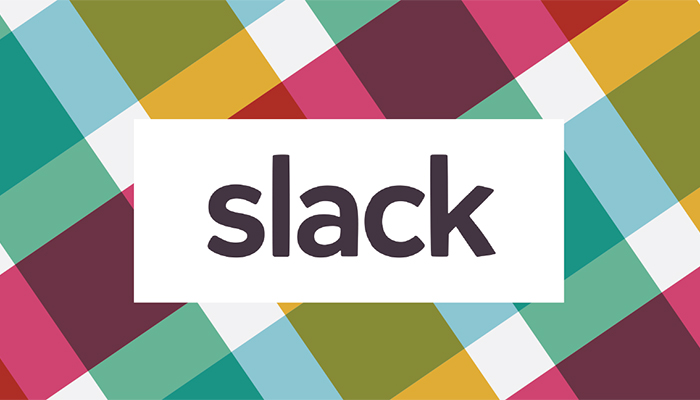Using Slack to manage digital projects with clients

We’ve been using Slack to communicate with our clients on projects for a while now. We love some elements of it, but have definitely learned a few lessons and made tweaks to how we use it and the guidance we give to our clients. Here are a few pros, cons and rules based on our experiences so far:
Become part of the team
Agile website development is a team sport. We know from experience that the closer we work with our clients, the more efficient the process of working together will be and, as a result, the better the end product will be. Slack enables this close co-operation by providing a central hub for all project related communications inside private Slack channels.
Context is critical
It’s not unusual for team members on lengthy projects both agency side and client side to come and go for a variety of reasons as projects move through different stages. If someone joins the project midway through, they’ll have access to all prior communications that will give them the top level context they need to get up to speed quickly.
Be brief & get to the point
How many emails do you send with the subject line ‘Update’? How much time do you waste signing off every email with ‘Best…’ Slack removes these unnecessary distractions & gives you a direct way of communicating with an individual or team. It encourages you to get to the point & ask your question directly, rather than beat around the bush with too much “I hope you’re well”.
Death to the Attachment
Slack also makes sharing brand assets, images & links to a project team incredibly easy. Just drag & drop the file into Slack and send it to an individual or a team channel. There are no size limits to file sharing and the ‘Search’ function makes it super easy to find any files or messages again at a later date.
Slack doesn’t replace project management tools
Slack is great for communication, but it’s not a project management tool. It doesn’t effectively allow you to assign tasks, set due dates, attach comments, make individuals accountable for follow up actions and so on. Use Slack to converse, but don’t try to use it instead of a project management tool.
Ground rules
We always set a number of ground rules when using Slack to communicate with clients, to make sure expectations are set and managed from the start.
- Slack is a great way for both of us to get quick answers to each other’s questions. We’ll be able to post updates and, when applicable, hold short, effective conversations.
- It’s not a replacement for Teamwork (our project management tool), but it can be for email. We’ll still store all important information in Teamwork, and we’ll still use Teamwork for recording tasks.
- We’ve achieved a great balance of being responsive whilst still allowing our team to focus on their work. Slack doesn’t promise any faster response times than we’re already able to deliver via other communication means. This is key in managing unrealistic availability expectations.
- Likewise, we’re not asking our clients to be any more available to us than they already are.

A new home for 93digital

Meet the Team: Roz
Let's Talk
Do you have a web design and build project coming up that you would like to talk about?